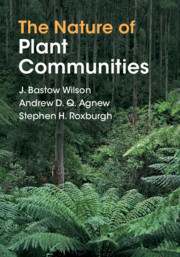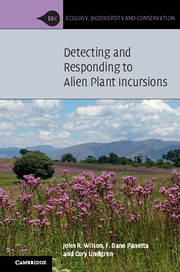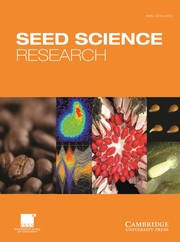The Nature of Plant Communities
Most people can readily identify a forest, or a grassland, or a wetland - these are the simple labels we give different plant communities. The aim of this book is to move beyond these simple descriptions to investigate the 'hidden' structure of vegetation, asking questions such as how do species in a community persist over time? What prevents the strongest species from taking over? And, are there rules that confer stability and produce repeatable patterns? Answers to these questions are fundamental to community ecology, and for the successful management of the world's varied ecosystems, many of which are currently under threat. In addition to reviewing and synthesising our current knowledge of species interactions and community assembly, this book also seeks to offer a different viewpoint - to challenge the reader, and to stimulate ecologists to think differently about plant communities and the processes that shape them.
- Stimulates reader to think deeply about plant community ecology, and to question the current status and direction of the discipline
- Identifies gaps in the information available for a general understanding of plant communities
- Presents new insights and tools for tackling contemporary problems, such as impacts of global change
Reviews & endorsements
'For anyone working in the large field of plant ecology, and teaching courses in ecology and other topics, this book may provide some new food for thought. It might be used in a graduate seminar course or as background reading for students new to the field as they are developing their career foundations and graduate research plans Suzanne Koptur, Plant Science Bulletin
'… a very enjoyable read.' Scott L. Collins, The Quarterly Review of Biology
Product details
March 2019Hardback
9781108482219
370 pages
253 × 178 × 22 mm
0.9kg
57 b/w illus. 12 tables
Available
Table of Contents
- 1. Plants are strange and wondrous beings
- 2. Interactions between species
- 3. Mechanisms of co-existence
- 4. Community-level processes
- 5. Assembly rules
- 6. Theories and their predictions
- 7. Synthesis.









